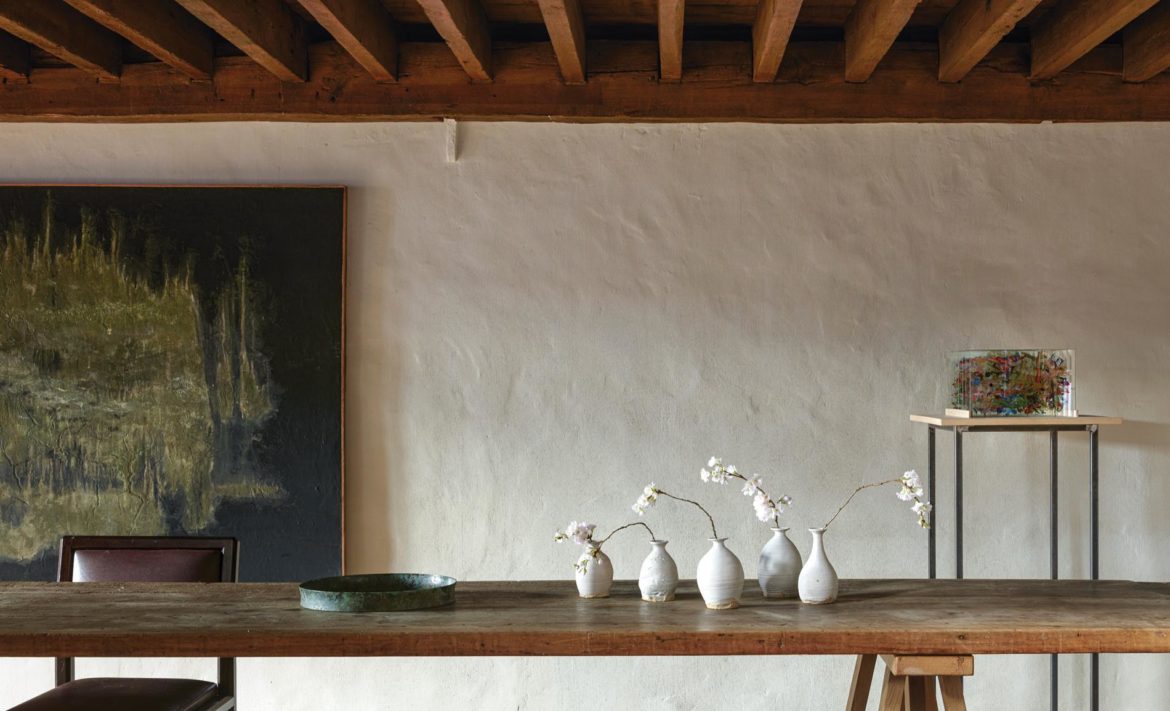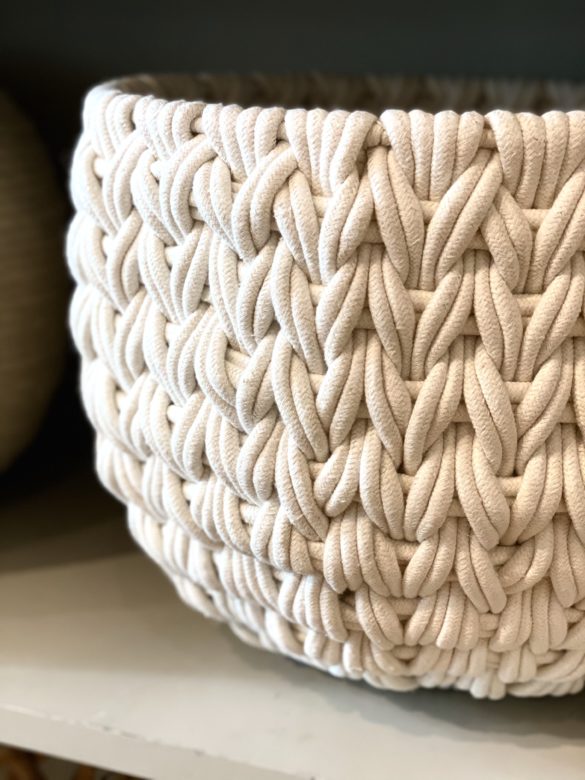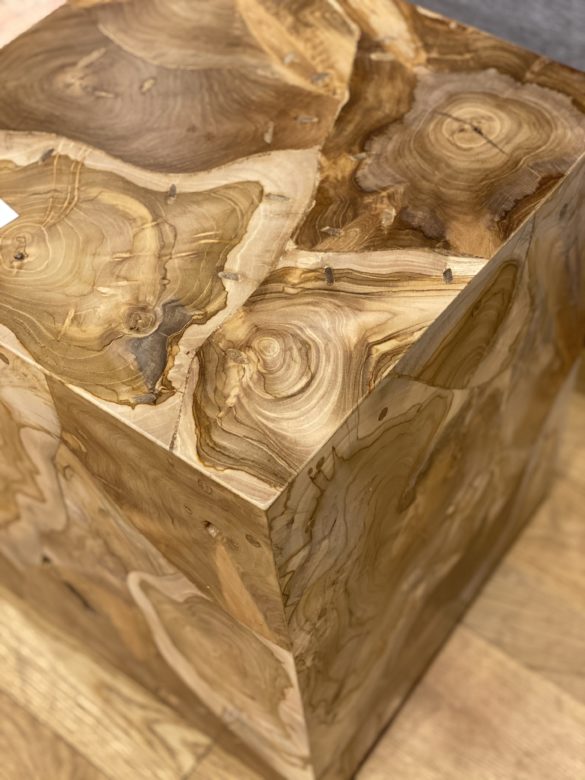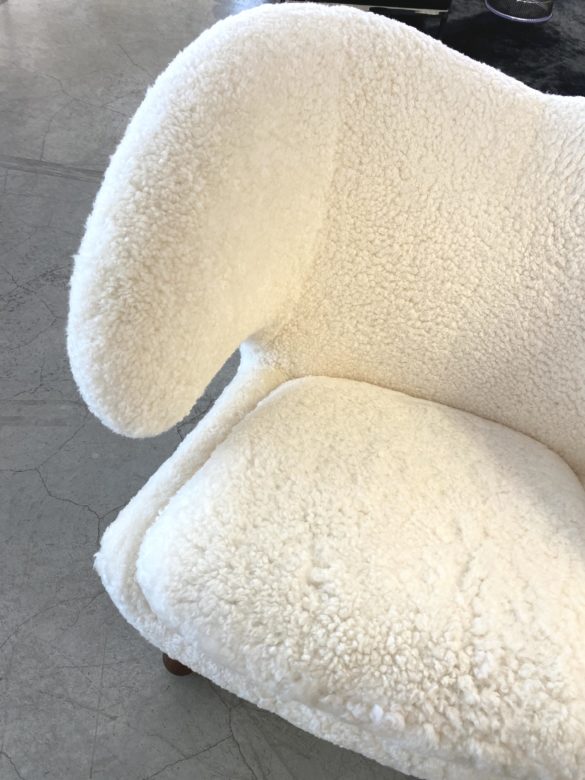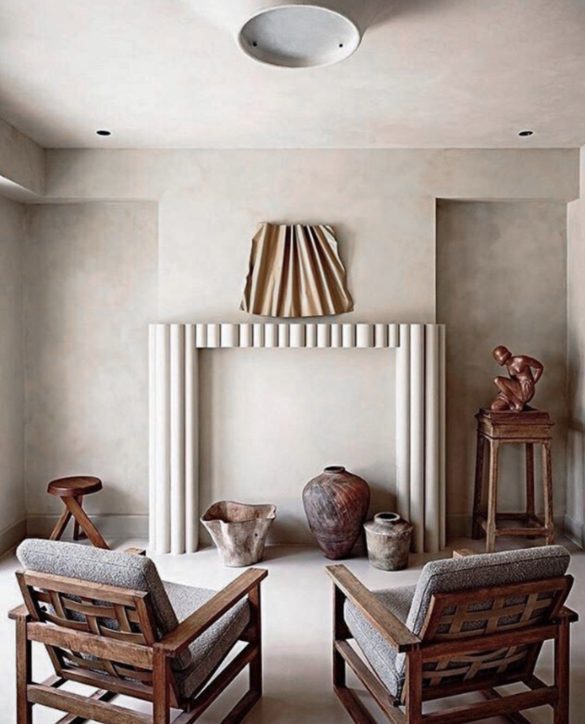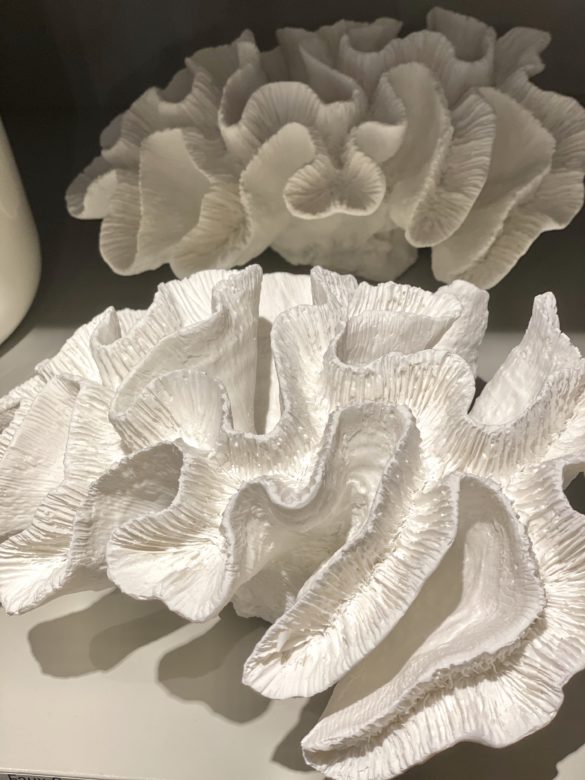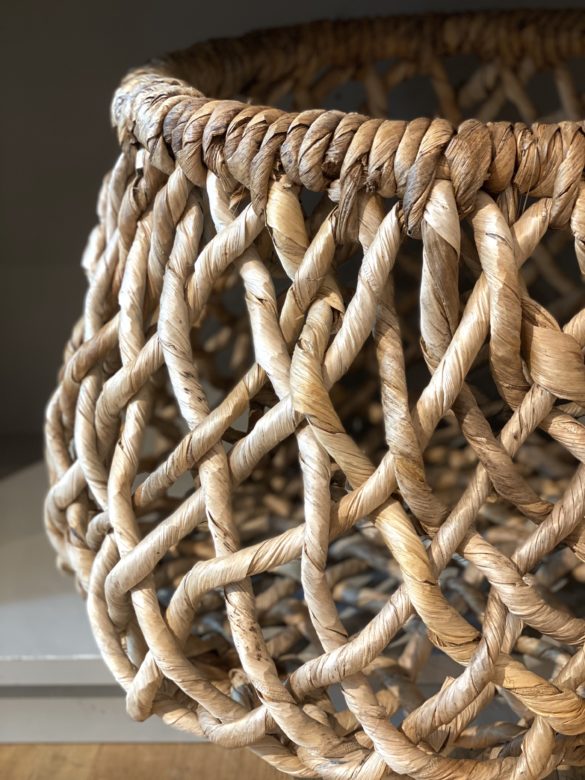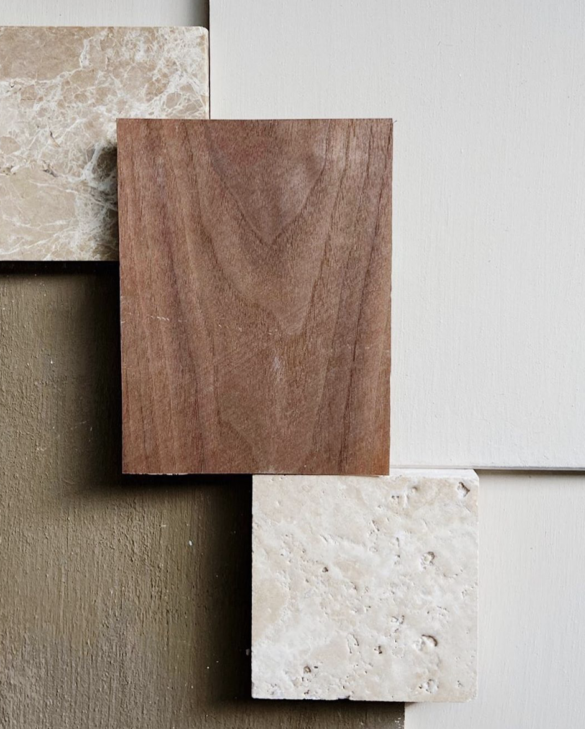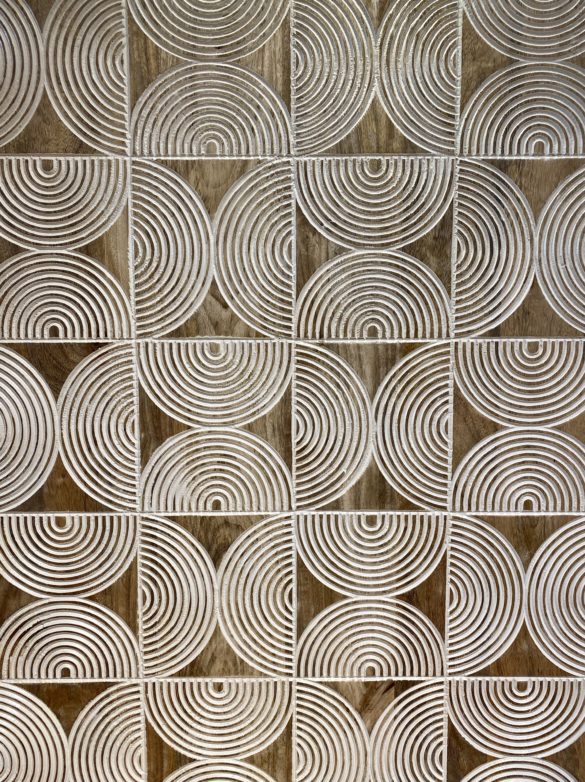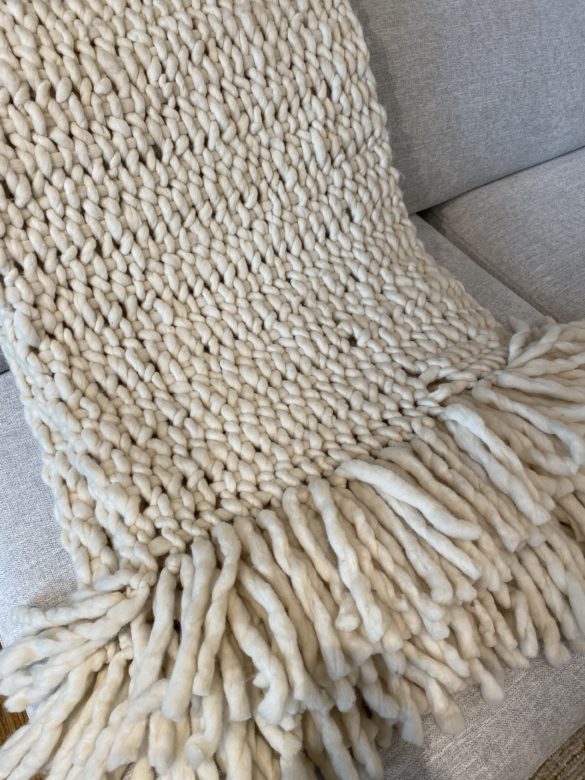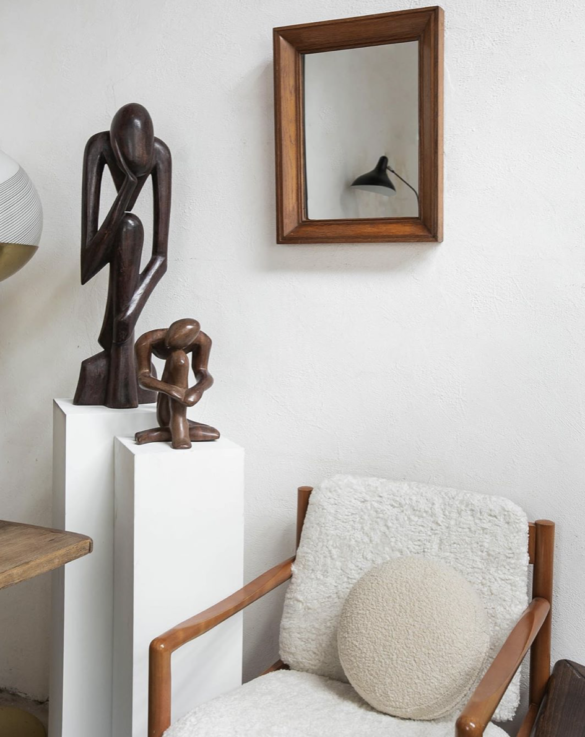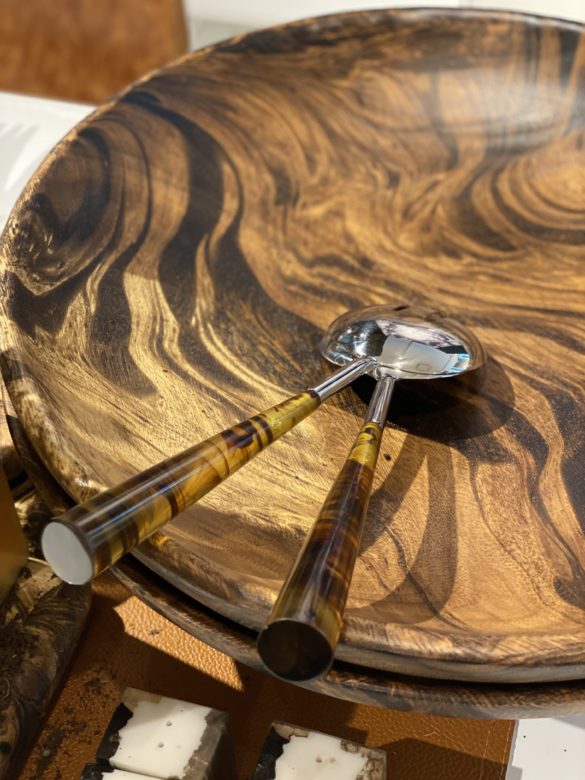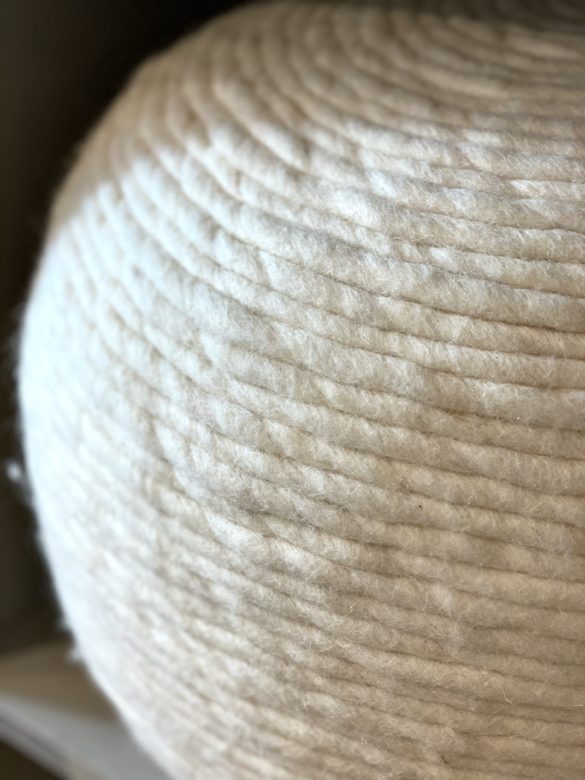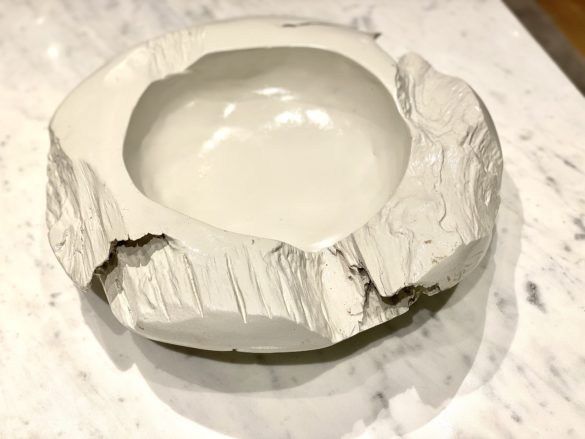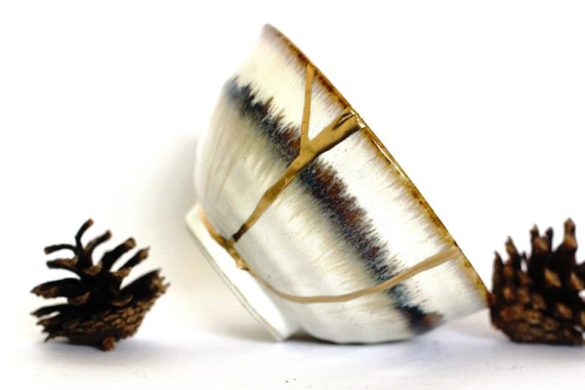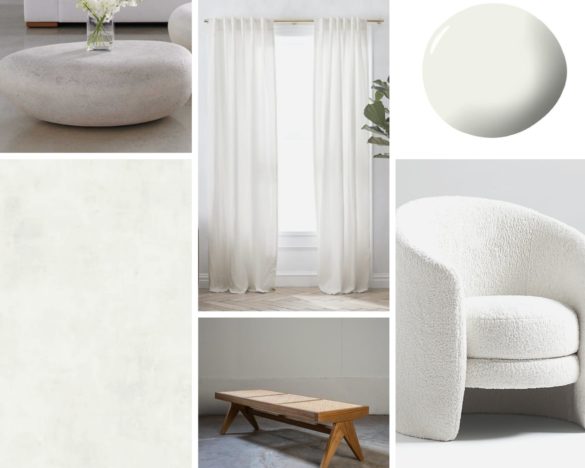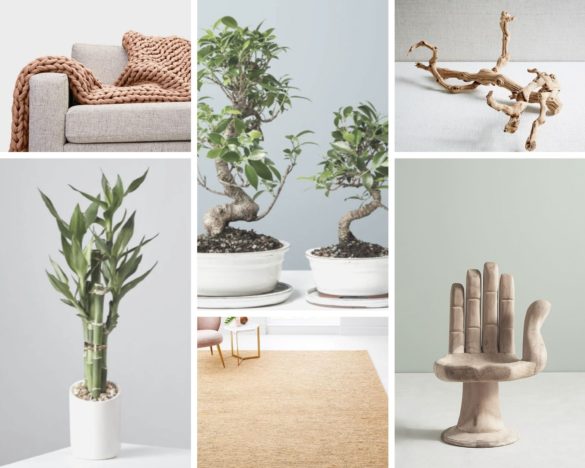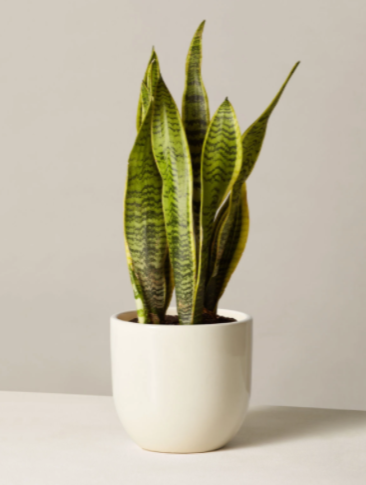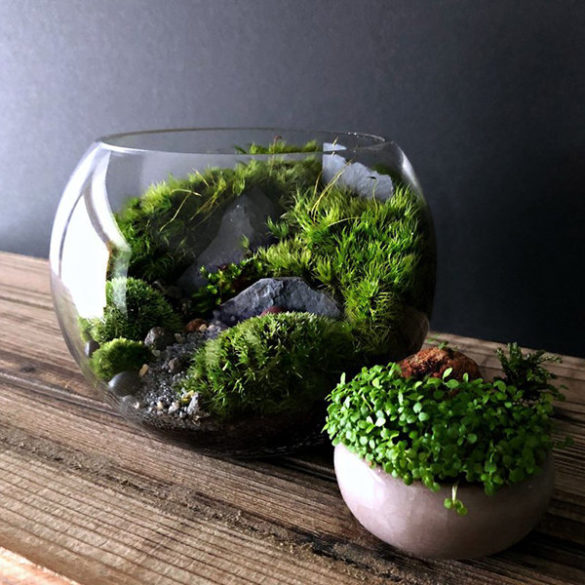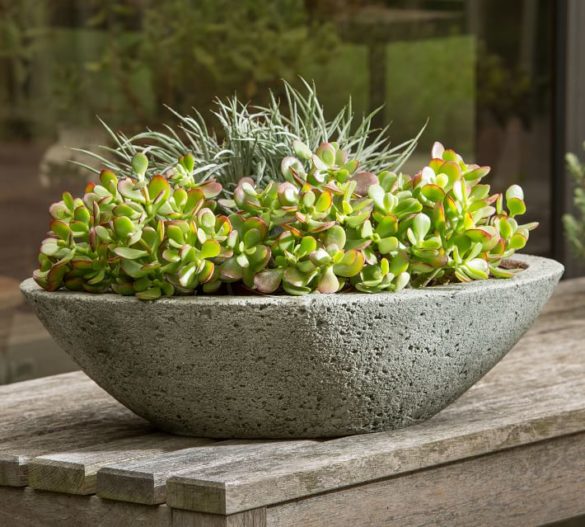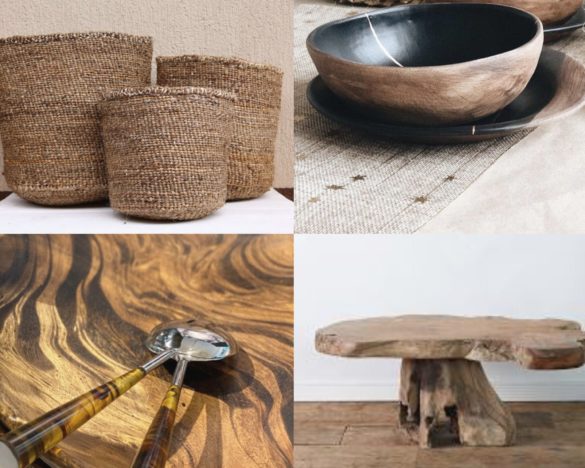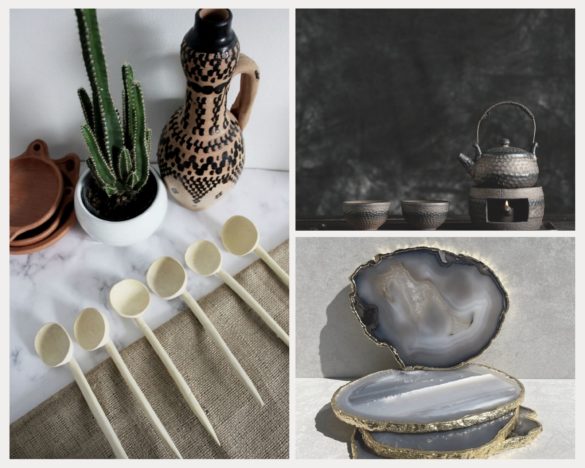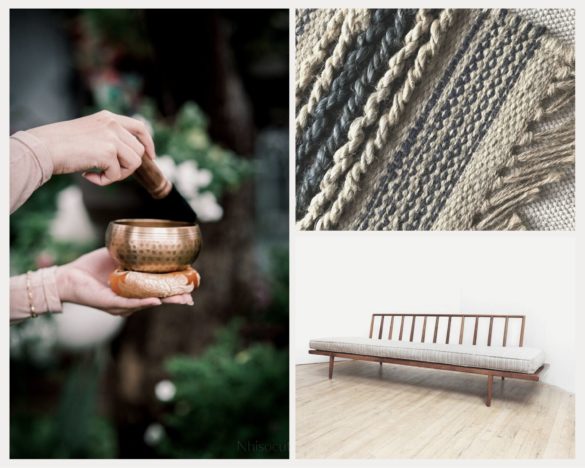How to Pull off Wabe-Sabi in Any Home Around the World
Tips for applying the principles of Wabe-Sabi and the design aesthetic of Historic and Contemporary Japan to your home’s decor
Wabe-Sabi, a philosophy based in Zen Buddhism, emphasizes the importance of respecting nature and honoring its imperfections while understanding and engaging with the passage of time. In the Western world, Wabe-Sabi is most commonly associated with the cracked tea ceremony bowls that have been mended with rivers of gold (a process referred to as “Kintsugi”), making them more beautiful after they were broken than they were without any flaws.
The process of Kintsugi encapsulates the energy and purpose behind Wabe-Sabi, as, according to My Modern Met, Kintsugi’s “unique method celebrates each artifact’s unique history by emphasizing its fractures and breaks instead of hiding or disguising them…revitalizing it with a new look and giving it a second life.” Wabe-Sabi expresses a similar ideal, encouraging us to not only accept our imperfections and the imperfections of the world around us, but to honor them by celebrating their uniquity.
The Offerings of Wabe-Sabi
Despite its deep and rich historical roots in Japanese culture, Wabe-sabi is achievable no matter where or who you are because it encourages a relationship with history and your specific environment. According to Martha Stewart, “loosely translated, ‘wabe’ is simplicity, whether elegant or rustic” and “‘sabi’ means the beauty of age and wear.” Wabe-sabi offers anyone living anywhere in any type of home the opportunity to balance their life in time, at the crux of history and the present. Whether you live in Argentina, India, Japan or the United States, by thoughtfully accented a room with the philosophy of Wabe-sabi in mind, rather than filling it with any and all things regardless of their purpose or the joy they bring, you can achieve the meditative calm many of us are seeking today in our hectic, confusing, ever-changing lives.
Though Wabe-Sabi can be difficult to accept for modern minds obsessed with a flaw-free life (from unwrinkled skin to spotless walls), it offers the freedom to embrace complexity, connection, and creativity, three beautiful and fulfilling aspects of life often stifled by the pursuit of perfection. In interior design, Wabe–Sabi encourages embracing natural materials (without correcting the knots in wood or the slubs in linens), accepting the wear and age of antiques and heritage pieces (instead of replacing them with factory-made pieces), carefully choosing craftsman pieces, and developing an emotional relationship with everything in one’s home.
The Color Palette
Fill your future Wabe-sabi room with a natural palette of greens, blues, browns, grays, and other organic colors. Choose pieces that either maintain their original colors or have been colored with organic dyes like the indigo found in Shibori. Expand the room visually by bringing brightness into the room with beige curtains made of a light linen or cotton. If you can change the texture and color of the walls, choose a warm white paint or a pale faux-stone wallpaper to soften the space.
Between the soft white walls and the beige curtains, the room will be filled with light and create the perfect backdrop for the meaningful objects you choose to sprinkle throughout. Choose paler woods like teak, ash, oak maple, and beech, and white, beige, or light gray upholstery for large furniture in order to keep the room airy and light. The colors in your home will be largely dictated by the next segment, which focuses on the best materials for a Wabe-sabi room.
The Plants
Create an oxygen rich environment with an indoor garden. Avoid tropical or overly distracting plants with vibrant flowers or unusually colored leaves. Choose meditative, calming plants that can grow without becoming unwieldy or out of control but which still encourage a relationship with nature and an appreciation for the cycles of life. According to The Joy of Plants UK, because Wabe-sabi “celebrates asymmetry and character, and rejects hyper-newness and the uniformity and sterility that can come from it,” it is makes sense that “nature is itself the ultimate inspiration.” The best plants for a Wabe-sabi room are those that offer visual interest without overwhelming the space.
Because they are living, unlike the other materials within the Wabe-sabi home which have paled after being harvested and dried (like flax linen, cotton, wood, etc.), plants will be some of the only sources of deep and bright colors. As such, look for “houseplants that really reflect wabi-sabi because of their interesting shapes, the details when you take a closer look at their stems, the daintiness of new shoots, and the intricate patterns on leaves.”
Money trees, succulents, and mosses are ideal, but make sure you choose plants native to your region in order to give them the best chance to survive and to honor your surroundings the Wabe-sabi way. Terrariums are a great way to capture a tiny living world you can gaze upon as you contemplate the passage of time. Keep in mind that plants represent the impermanent world and will go through temporal changes, sometimes going dormant for a period. Strike a balance between the impermanent and permanent worlds by placing each plant in a concrete planter. Place plants throughout the room, but concentrate them around windows where they will get the most light and around your meditation space to offer you the purest air.
The Materials
Choose only raw materials found in nature or those that have been created from materials found in nature. Hemp, teak, flax linen, cotton, wool, driftwood, iron, gold, copper, bamboo, glass, shells, and silk are all appropriate materials for a Wabe-sabi room. Avoid overly complicated designs that take away from the meditative simplicity of the room, but embrace the natural patterns found in a wooden dining table, mother of pearl jewelry box, or handspun wool throw blanket. Combine textures to create depth throughout the room, adding a chunky wool blanket to a coarser linen upholstered couch.
Add handmade hemp placemats or roughly chiseled stone coasters to a living edge coffee table to enhance the rustic, craftsman elements in your Wabe-sabi room. Use ceramic and concrete individually cast pots for plants and bowls for place-settings, embracing their natural flaws as what makes them truly beautiful and unique. Place a handwoven mat on the floor for meditations, accented by soft but firm floor pillows.
The Origins of Objects
Try to fill the home with functional and aesthetic pieces that honor the surrounding area by purchasing from local craftsmen. Avoid mass-produced decor pieces one might purchase simply to “fit a theme,” like ceramic seashells or machine-made macrame from Pier 1 Imports. Choose simple designs that truly respect the talent of the maker, the origins and evolution of the craft, and the materials of the region. In the article “Perfectly Imperfect – The Japanese Concept Of Wabi-Sabi,” for Culturally Yours, the writer notes that Wabe-Sabi “encourages harmony and serenity in what is uncomplicated and unassuming.”
As such, one should avoid overly ornate or needlessly expensive pieces made from a mold in a factory or from lab-created materials. Choose pieces that can be talked about with visitors but which also create a connection with the owner, honor the passage of time, and fill the home with culture and history. Juxtapose contemporary craftsman pieces with those from your travels or your family’s history. Display with pride the wooden Japanese screen that has warped over time without hemming and hawing about its flaws. Allow the mirror with glass clouded at the edges or antique frame with burnished sides to occupy a place of pride in a hallway, entryway or bedroom. Drape newly woven throw blankets over vintage armchairs and add modern ceramics to a weathered dining table.
By combining each of these design elements in a way that strikes a balance between the permanent and permanent worlds and the old and new worlds, any home will be sure to exude the peace, tranquility, and quiet elegance of Wabe-Sabi while centering you at the crossroads of history and the present.
